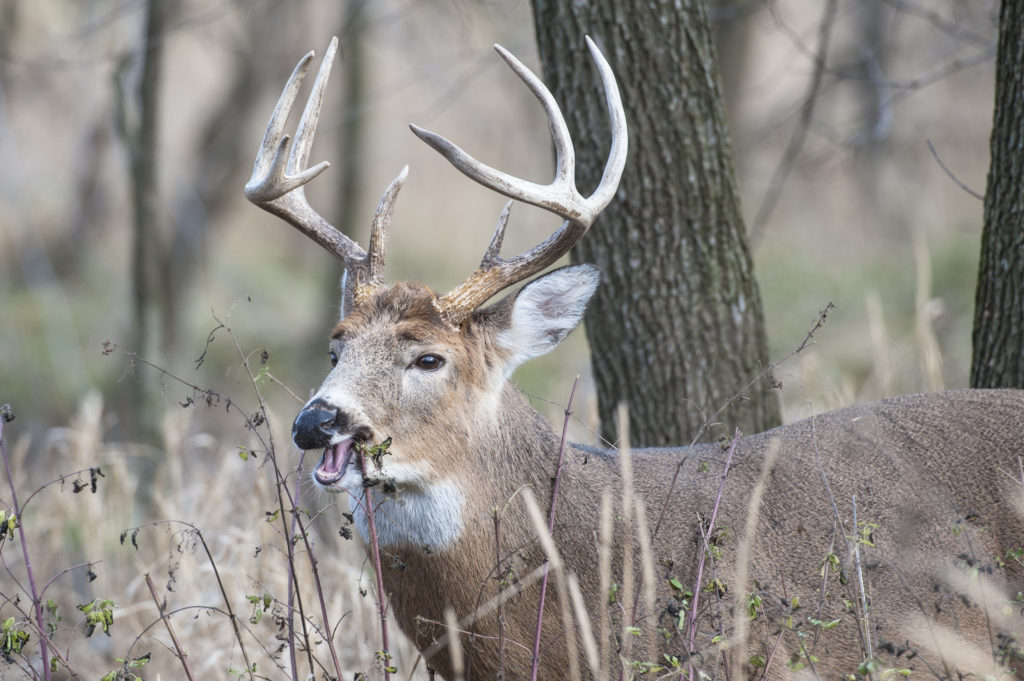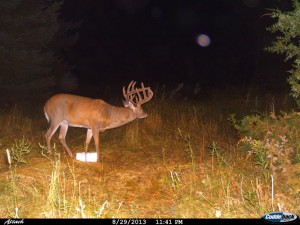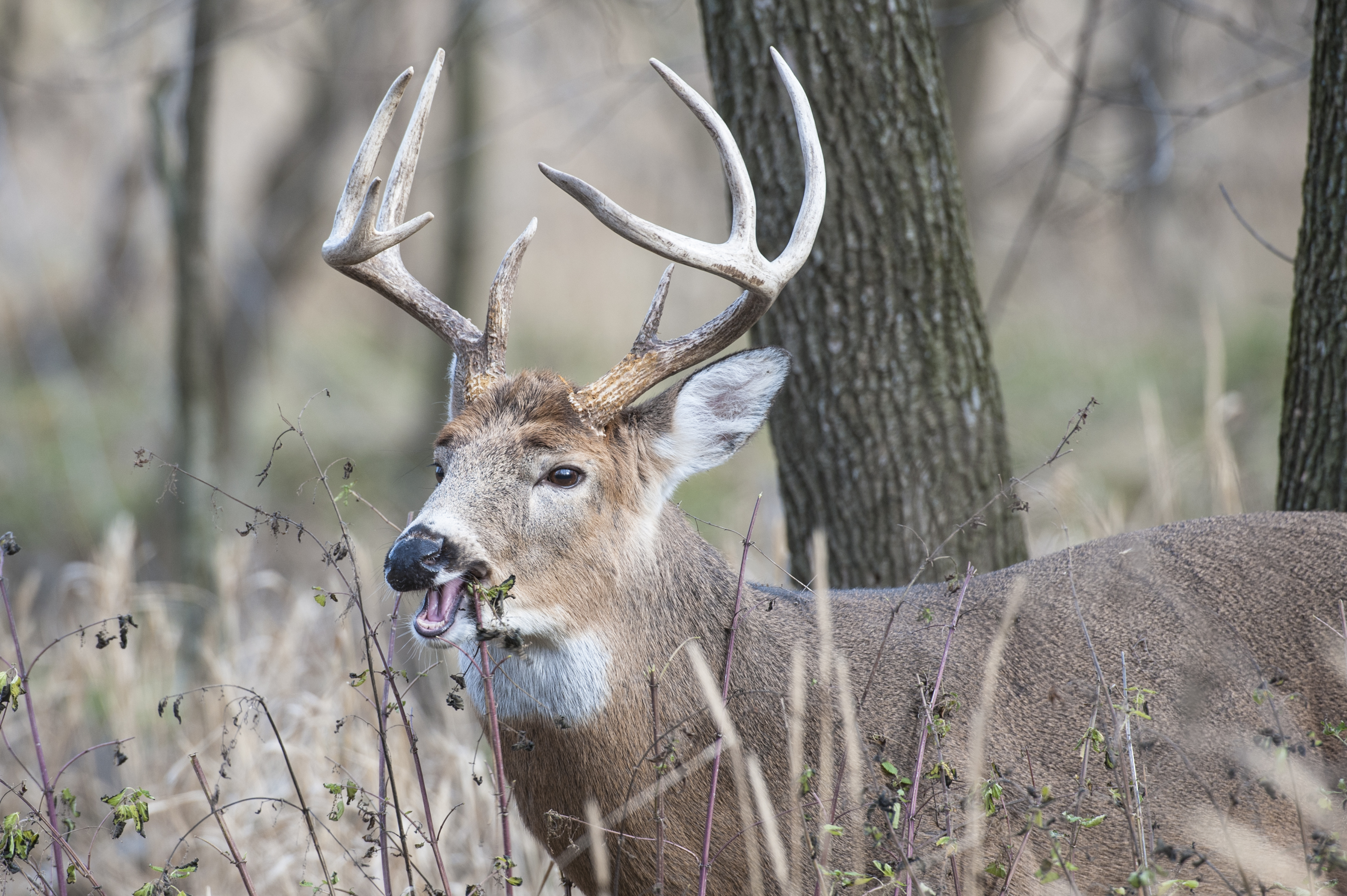
Many deer hunters are consumed with providing supplemental food and minerals to deer, whether by a true desire to offer some kind of assistance or because they’re influenced by marketing. Does this extra food boost help whitetails, though?
Every year hunters spend hundreds of hours planting food plots and buy nutritional blocks and supplemental feed to enhance the nutrition of deer they are managing. But are they getting a substantial return on their investment?
The demands of a whitetail’s body change dramatically over the course of a year. From high protein demands for lactating does and antler-growing bucks during the summer, to high carbohydrate intake during late fall to build fat reserves for the food-scarce winter months, these ever-changing nutritional demands are often in line with food availability. Yet, as hunters we often feel the need to intervene.
BUT IS IT NECESSARY?
If supplemental feeding is needed to support the local whitetail herd, there is likely an overabundance of deer for the given habitat, unless a drought or other extreme condition is affecting the area. We often see this in South Texas, where epic drought conditions can cause little to no high-quality native forage to establish, or in the northern United States and Canada during winter, when high snow yields might impede a deer’s ability to find food.
Beyond that, supplemental feeding should simply be just that — a supplement to the food that already exists on the landscape. Providing supplemental protein, carbohydrates and fats can be helpful to deer, but is rarely necessary for them to exhibit their true genetic potential if the habitat is managed correctly.

Food plots can provide a great source of additional nutrition for deer. But a large majority of these food sources are not planted for nutritional benefit, but rather to attract deer for hunting purposes.
Simple plots such as cereal grains (rye grain, oats and wheat) rarely provide a needed source of nutrition. Food plot plantings such as annual clover or brassica can provide a great source of protein, particularly later in the fall and early winter.
Of all food plot plantings, perennial species such as white clover, alfalfa and chicory can be the most beneficial for deer nutrition. Not so much because of the nutrition they contain but more because of the timing. Perennials are often the first plants to come up in the spring, providing a much-needed source of protein when deer are coming out of a tough winter.
MINERAL BLOCKS
The most misunderstood nutritional question is the need for macro- and micro-nutrients found in nutritional and mineral blocks.
Much of these blocks are composed of sodium, which is a needed nutrient — but mostly during late spring and early summer when plants consumed contain a high water content. The water taken in displaces sodium, which then generates the desire to hit mineral blocks to fulfill the demand. Phosphorus, selenium and magnesium also have a critical role in the body’s processes.
However, a deer can acquire the needed amounts through daily consumption of natural foods such as forbs and woody browse. Thus, the need to supplement is not likely necessary in many deer herds.
Providing more nutritional opportunities than are needed is obviously not a bad thing. More can create a “security blanket” to ensure deer have access to everything they need. However, if the local deer herd is dependent on your intervention, then a more critical action is needed to create a balanced herd and habitat relationship.
— Jeremy Flinn is a professional deer biologist living in Missouri. An avid bowhunter and Deer & Deer Hunting contributor, he has provided valuable information to hunters and landowners for more than a decade.

